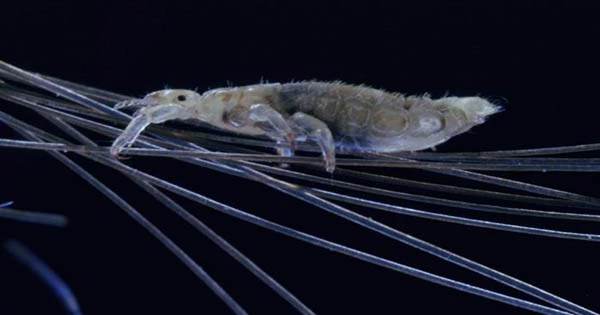In Jurassic Park, mosquito fossils were used to preserve dinosaur DNA, but a new sort of parasite recently came to the rescue in conserving ancient human genetic material, giving samples of exceptional purity.
Researchers discovered DNA in the hair of mummified remains from Argentina that date back 1,500-2,000 years ago, trapped within the “cement” that head lice employ to seal their eggs. Furthermore, the unique strategy for obtaining ancient human DNA outperforms prior methods and allows us to collect human remains in a less intrusive manner.
Head lice, often known as “nits,” were able to capture human DNA by encasing skin cells from the host’s scalp in the cement-like material produced by female eggs. They make a setting adhesive to keep their eggs in the hair closest to the head, where it is the hottest, Obviously an Easter egg for molecular biologists and evolutionists but not so much for the host.
According to the study, published in the journal Molecular Biology and Evolution, this is the first time such DNA has been obtained in this manner, opening up a fresh window into humanity’s previous genes. Its authors say that the findings have already revealed new details regarding pre-Columbian human migratory patterns in South America, as well as a novel method of examining fossils that lack teeth or bones.
In a statement, lead researcher Dr. Alejandra Perotti, Associate Professor in Invertebrate Biology at the University of Reading, said, “Like the fictional story of mosquitos encased in amber in the film Jurassic Park, carrying the DNA of the dinosaur host. We have shown that our genetic information can be preserved by the sticky substance produced by head lice on our hair.” Previously, quality genetic material required strong skull bones or the inner substance of teeth. Unfortunately, both of these methods of obtaining DNA are highly damaging, and hence not always culturally or ethically suitable when dealing with human remains.
“As scientists attempt to understand migration and variation in ancient human communities, demand for DNA samples from ancient human remains has surged in recent years.” “Perotti continued.”Because head lice have been with humans from the beginning of time, this new technology might provide a treasure of knowledge about our forefathers while also conserving unique specimens.”
The nit cement samples produced the same amount of DNA as a tooth sample, double the amount yielded by bone samples, and four times the amount found in the blood discovered in the stomachs of more recent lice remnants. Without having to shatter any bones, you can get all that rich genetic information. The answer has been lurking in our minds all along. Check this Egyptian mummy being “digitally peeled” after 3,000 years for a less intrusive method of researching mummified remnants.














